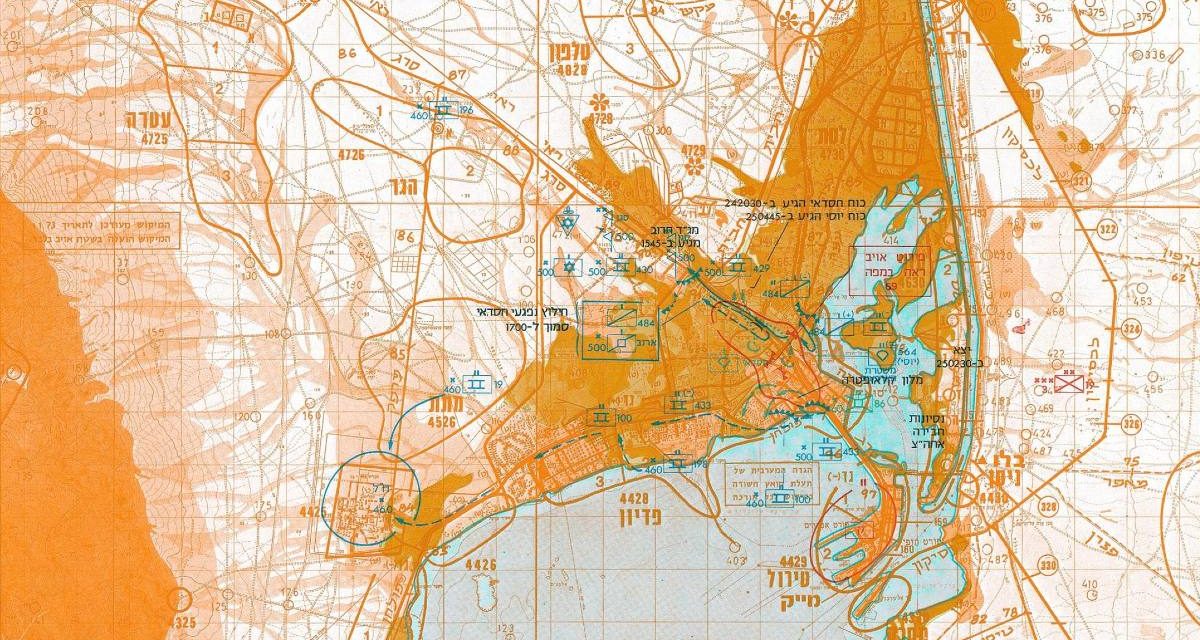On the morning of October 24, 1973, Major General Avraham Adan issued orders to his subordinate brigade commanders to attack the Egyptian city of Suez. The Yom Kippur War was eighteen days old, and the Israel Defense Forces sought to capture the city before a ceasefire was expected to take effect. Based on Israeli forces’ successful use of armor in urban areas in 1956 and throughout the Six-Day War in 1967, tanks were in the lead, attacking into the city from multiple directions.
By the next morning, the Israelis had been forced to withdraw from the city. The Egyptian forces’ well-planned and effectively executed defense had thwarted the attack and kept it from achieving its objectives. It is a rare example of a defending force emerging victorious from an urban battle—making it instructive for military forces seeking to better understand urban warfare and the unique characteristics of cities as operational environments.
That’s why we chose to highlight the Battle of Suez City as the fourth installment of the Urban Warfare Project Case Study Series.

Read the entire case study here, including a narrative description of the battle and the most important lessons that can be extracted from it. You can also read previous case studies in the series. And be sure to follow the Urban Warfare Project as it continues to work to improve our understanding of urban warfare and how to prepare for it,
Colonel (CA) John Spencer is chair of urban warfare studies at the Modern War Institute, codirector of MWI’s Urban Warfare Project, and host of the Urban Warfare Project Podcast. He previously served as a fellow with the chief of staff of the Army’s Strategic Studies Group. He served twenty-five years as an infantry soldier, which included two combat tours in Iraq.
Major Jayson Geroux is an infantry officer with The Royal Canadian Regiment and currently with 1st Canadian Infantry Division Headquarters. He has been involved in urban operations training for two decades and is a passionate student of urban operations and urban warfare historian, having participated in, planned, executed, and intensively instructed on urban operations for the past seven years. He has served twenty-six years in the Canadian Armed Forces, which included operational tours to the former Yugoslavia (Bosnia-Herzegovina) and Afghanistan.
The views expressed are those of the authors and do not reflect the official position of the United States Military Academy, Department of the Army, or Department of Defense, or that of any organization with which the authors are affiliated, including 1st Canadian Division Headquarters, the Canadian Armed Forces, and the Canadian Department of National Defence.


Excellent description of battle.
Lack of maps and animation.
Please watch a different approach of a battle 1967:
https://www.youtube.com/watch?v=pdCTULBd0BI
Great article, great series. Any chance of future case studies on examples such as Leningrad, Konigsberg, Budapest, Berlin, Sarajevo, Grozny (1994-95 and 1999-2000) and, although it did not end up in urban warfare, Cuito Cuanavale?